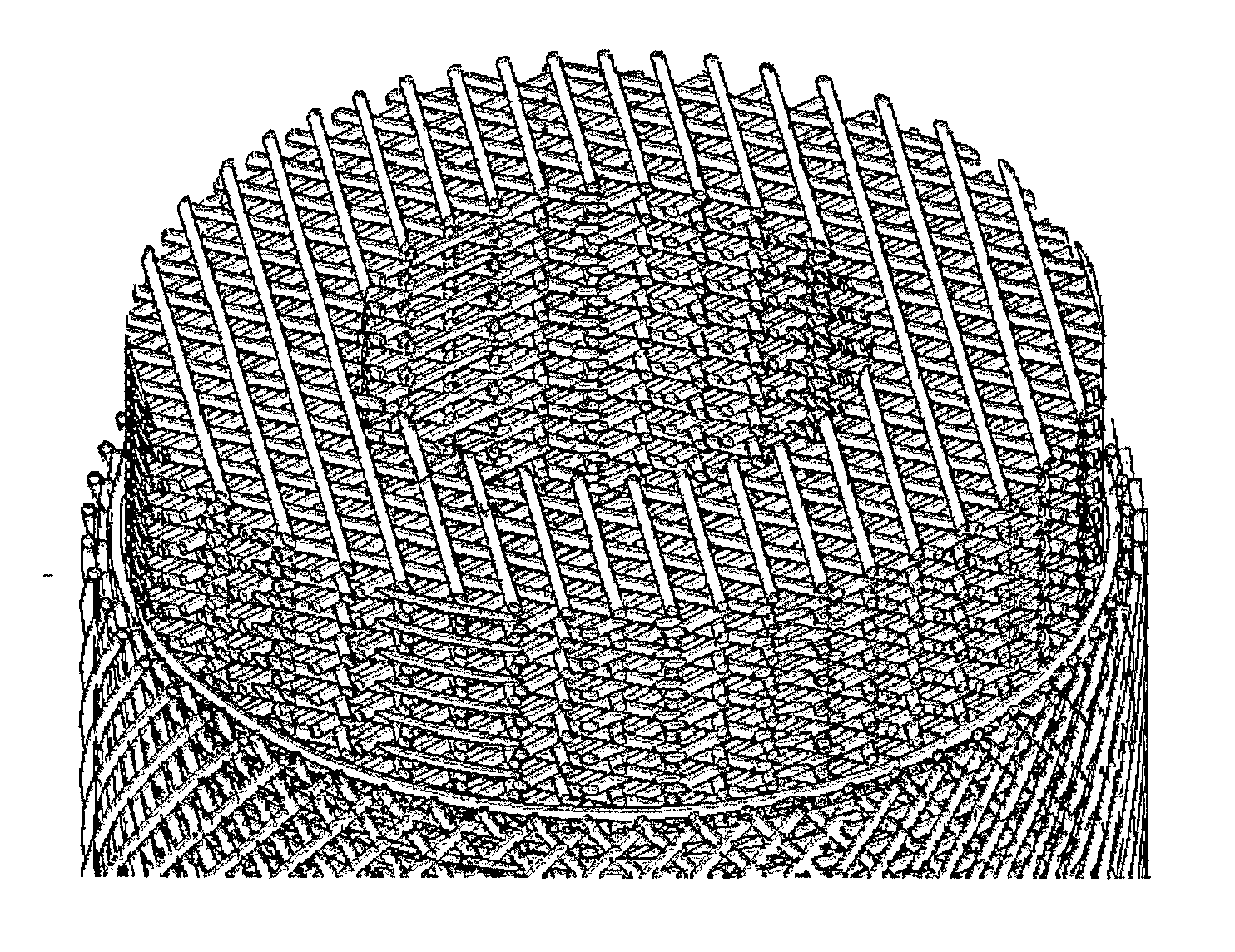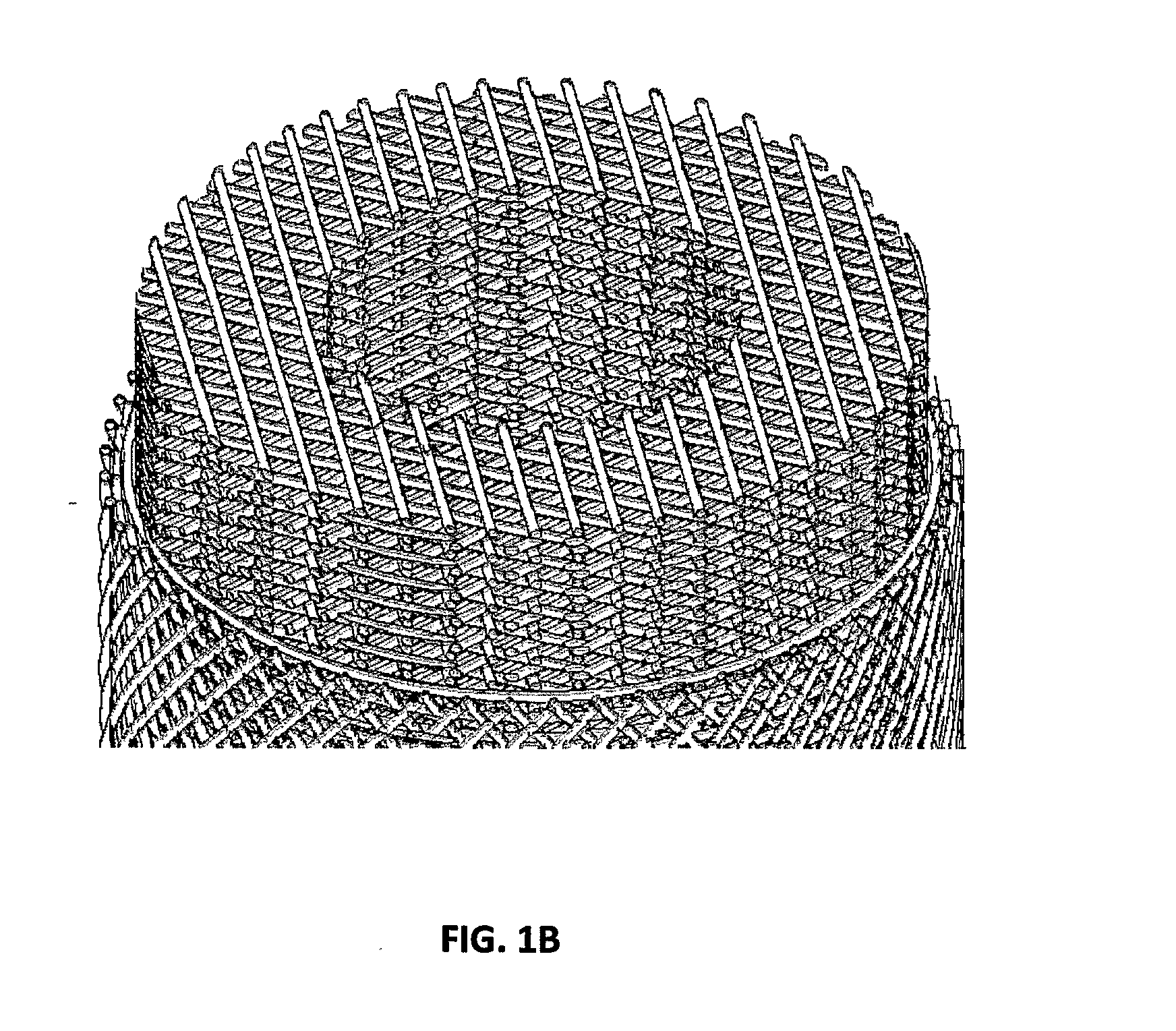Resorbable Scaffolds For Bone Repair And Long Bone Tissue Engineering
a scaffold and bone technology, applied in the field of resorbable scaffolds for bone repair and long bone tissue engineering, can solve the problems of increasing bone grafting, high failure rate, and high failure rate of bone repair and reconstruction, and achieve the effect of providing compressive strength, compressive and torsional strength, and sufficient bending and bending strength
- Summary
- Abstract
- Description
- Claims
- Application Information
AI Technical Summary
Benefits of technology
Problems solved by technology
Method used
Image
Examples
Embodiment Construction
[0030]The repair and reconstruction of large bone defects such as in the lengthening of the lower limb, has been a clinical challenge. Bone defects can occur as a result of congenital abnormalities, trauma or disease. This problem has yet to be solved. Presently none of the approaches proposed thus far have shown long term efficacy that resembles the natural bone. The era of tissue engineering involving stems cells and a suitable scaffold could provide the answer. However, a suitable scaffold has yet to be designed. Ceramics scaffolds such as macroporous hydroxyapaptite (HA) have been tried with some clinical success. But, ceramics are brittle material and the scaffolds are prone to premature fracture. Some, though bioactive, are not resorbable and pose long term infection risk. In many cases HA ceramics are crystalline in nature and hence do not render it resorbable even after 6 years.
[0031]Naturally-derived or synthetic materials can be fashioned into scaffolds that, when implante...
PUM
| Property | Measurement | Unit |
|---|---|---|
| Thickness | aaaaa | aaaaa |
| Thickness | aaaaa | aaaaa |
| Thickness | aaaaa | aaaaa |
Abstract
Description
Claims
Application Information
 Login to View More
Login to View More - R&D
- Intellectual Property
- Life Sciences
- Materials
- Tech Scout
- Unparalleled Data Quality
- Higher Quality Content
- 60% Fewer Hallucinations
Browse by: Latest US Patents, China's latest patents, Technical Efficacy Thesaurus, Application Domain, Technology Topic, Popular Technical Reports.
© 2025 PatSnap. All rights reserved.Legal|Privacy policy|Modern Slavery Act Transparency Statement|Sitemap|About US| Contact US: help@patsnap.com



